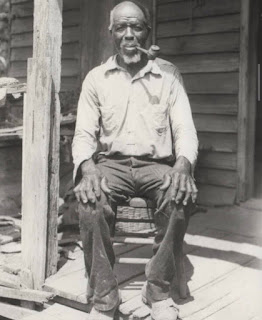The last American slave ship arrived in Mobile, Alabama, in 1860, despite the illegal importation of slaves.
The last American slave ship arrived in Mobile, Alabama, in 1860, despite the illegal importation of slaves. On board were approximately 160 West African individuals who had been captured and enslaved.
One of the captives, named Cudjo Lewis, was acutely aware of the potential erasure of his birth culture as he toiled in this new land. However, when he eventually gained his freedom, Lewis took action to preserve his heritage.
Using the money he had earned, Cudjo Lewis purchased two acres of land and established a self-sufficient community for the survivors of the last slave ship. This community, known to outsiders as Africatown, aimed to recreate aspects of the West African home from which they had been forcibly removed.
Lewis wanted to ensure that extended families could live together, conversations could be held in regional languages, and traditions that might otherwise have been lost in America could be maintained.
Today, Africatown still exists as a community and continues to house the descendants of the individuals who were brought to America on the nation's last slave ship.
It stands as a testament to the resilience and determination of those who fought to preserve their heritage and maintain a sense of cultural identity in the face of tremendous adversity.



.jpg)
Bravo! Thank God they weren't burnt out and run out of town or killed
ReplyDelete